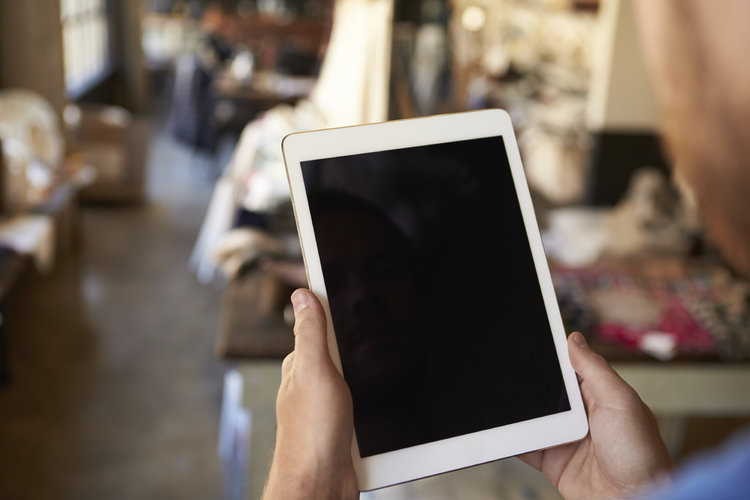Where Retail Employee Training Will Be by 2017
The retail industry is strong right now, with 339,000 jobs having been added to sector between March 2015 and February 2016, according to the Bureau of Labor Statistics. Unless the economy takes a sudden downturn, retailers will continue to enjoy success—and continue to be challenged in hiring, training, and retaining employees to drive that success.
Many training departments have realized, or are realizing, that the methods they used to teach employees important skills simply aren’t as effective in 2016. With millennials comprising the majority of the retail workforce (and Generation Z—anyone born after 2000—beginning to take their first jobs), strategies that might have been worked just 10 years ago are not delivering the same results. And the situation promises to become even more acute over the next year. Here is where retail employee training is headed by 2017:
More Tablets in More Stores
Tablets have already made an incredible impact in stores over the past few years. Some retailers have ditched full-sized registers in favor of the technology, and sales associates are using tablets to check inventory, demonstrate products, check out customers who don’t want to wait in a long line, and so on. Naturally, tablets are working their way into training processes as well. The move makes sense—younger employees embrace the technology, and replacing paper manuals with digital content saves money while providing better learning.
Training on the Floor
Traditional retail employee training methods teach skills to be used on the sales floor … just nowhere near the sales floor. Workers might be corralled into a back office or storeroom to read training content or watch a video on a DVD player (or, heaven forbid in 2016, a VCR). They then are expected to remember those skills and apply them on the floor, but if the training wasn’t that effective in the first place, the odds of that happening are low. Mobile training software allows employees to take their learning to where the action is. For example, instead of reading about how to set up a display and trying to recall all the steps in order, a worker can use a tablet to follow along, step by step, in real time.
Increased Use of Video
Research over the years has confirmed that written content does not pack the punch that visual media such as video does. This is evident in retail employee training, in which written training manuals are often poorly received (if not flat-out ignored) and video better delivers the skills workers need to be productive. With tablet technology, creating, distributing, and updating video training content is easier than ever. Retailers don’t need to hire elaborate production units when an iPad or Surface can be used to shoot a simple—yet effective—five-minute video on how to use a pricing gun. And tablets make videos portable, again getting employees out of a windowless back room to directly apply the skills they are learning.
Best Practices, in Progress
As the 2010s have progressed, millennial workers have strengthened their attitude toward interactive employment—they want to be part of the process in which their opinions are encouraged and valued, rather than be nameless faces expected to ask “how high?” when told to jump. Retail employee training will further recognize this goal in the coming months, and mobile learning solutions can help make it happen. For example, workers using tablets on the sales floor have the capability to shoot video with the technology. If an employee discovers a way to improve upon a process, he or she can record that improvement and share it both internally and to employees throughout the company. In this way, workers are creating their own best practices—processes that can be continually (and easily) updated. This level of participation increases engagement, thus leading to more productive, more committed employees that are assets to your company’s bottom line.
What direction do you think retail employee training is headed for 2017?





